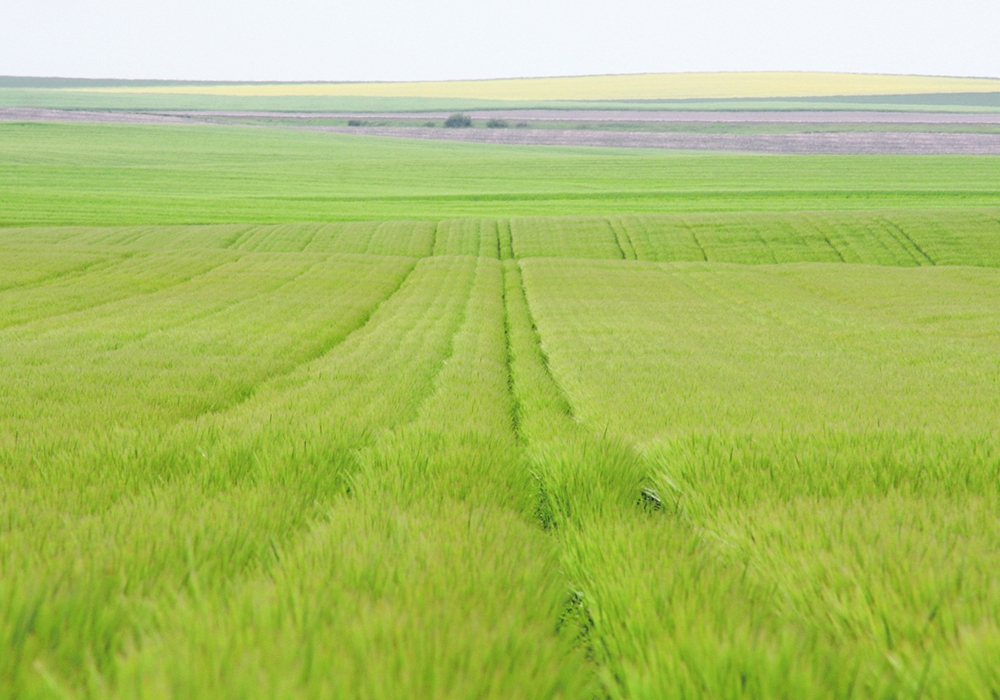Advocates of practice believe sticking to their tramlines will benefit fields by preventing soil compaction and the production of ruts
Adam Gurr stuck to the tramlines as he piloted heavy equipment across the field while seeding dry beans on a rare, dry, early-June day in the Brandon area.
The advocate of controlled traffic farming doesn’t mind the careful management the system requires. A wet spring like this year means many farmers are facing a compaction hangover once they get their crops in.
“I would never go away from CTF,” said Gurr, who has been operating that way for 10 years.
CTF requires a farmer to stick to the same driving lanes for every pass across a field. The purpose is to restrict yield-limiting soil compaction.
Read Also

Research looks to control flea beetles with RNAi
A Vancouver agri-tech company wants to give canola growers another weapon in the never-ending battle against flea beetles.
It’s working well for the top inches of the soil, but what about deeper down, in the subsoil zone that never sees mechanical disturbance and is below the freeze-thaw zone?
That’s a question raised by recent research that suggests significant yield damage might be occurring in the subsoil, where compaction may be spreading wider than the direct contact of wheels and tracks.
For subsoil impact, axle load is key, and that has been getting heavier and heavier over time. Wider tires and less pounds per sq. inch don’t necessarily reduce the impact to the subsoil zone.
Gurr, a keen student of compaction science, doesn’t think there’s as much risk of subsoil compaction as the research suggests, at least not in the black soil prairie conditions he has seen. It could be a yield-reducing factor, he acknowledged, but he said he believes the overwhelming impact occurs in the first few inches of soil from direct rubber-to-dirt contact.
“I don’t think it’s having a profound effect,” said Gurr.
He and his neighbours seem to be achieving increasingly larger crops and they aren’t seeing the subsoil impact. He’d need to see more Western Canada-focused research before he’d see it as a primary problem.
Most research he’s seen shows that heavy equipment poses a risk of subsoil impact, but the degree of damage is hard to measure.
However, the research does underline the value of compaction-reduction actions. In wet springs compaction can be a major problem when high pounds per sq. inch wheels hit wet soils and crush out the air pockets. That sort of field traffic leaves ruts that must be worked down later and the soil can take years to recover from the crushing.
Gurr said he’s glad he restricts his equipment to the same tramlines. His equipment is designed so everything can follow the same tracks, which requires planning to work out multiples of 40-foot widths, and his grain carts follow a set path on each field.
It takes a lot of effort to embrace CTF, but avoiding compaction is a worthwhile long-term investment.
“I would never go away from CTF,” said Gurr.
“Once you’re set up for it, it just makes perfect sense.”


















